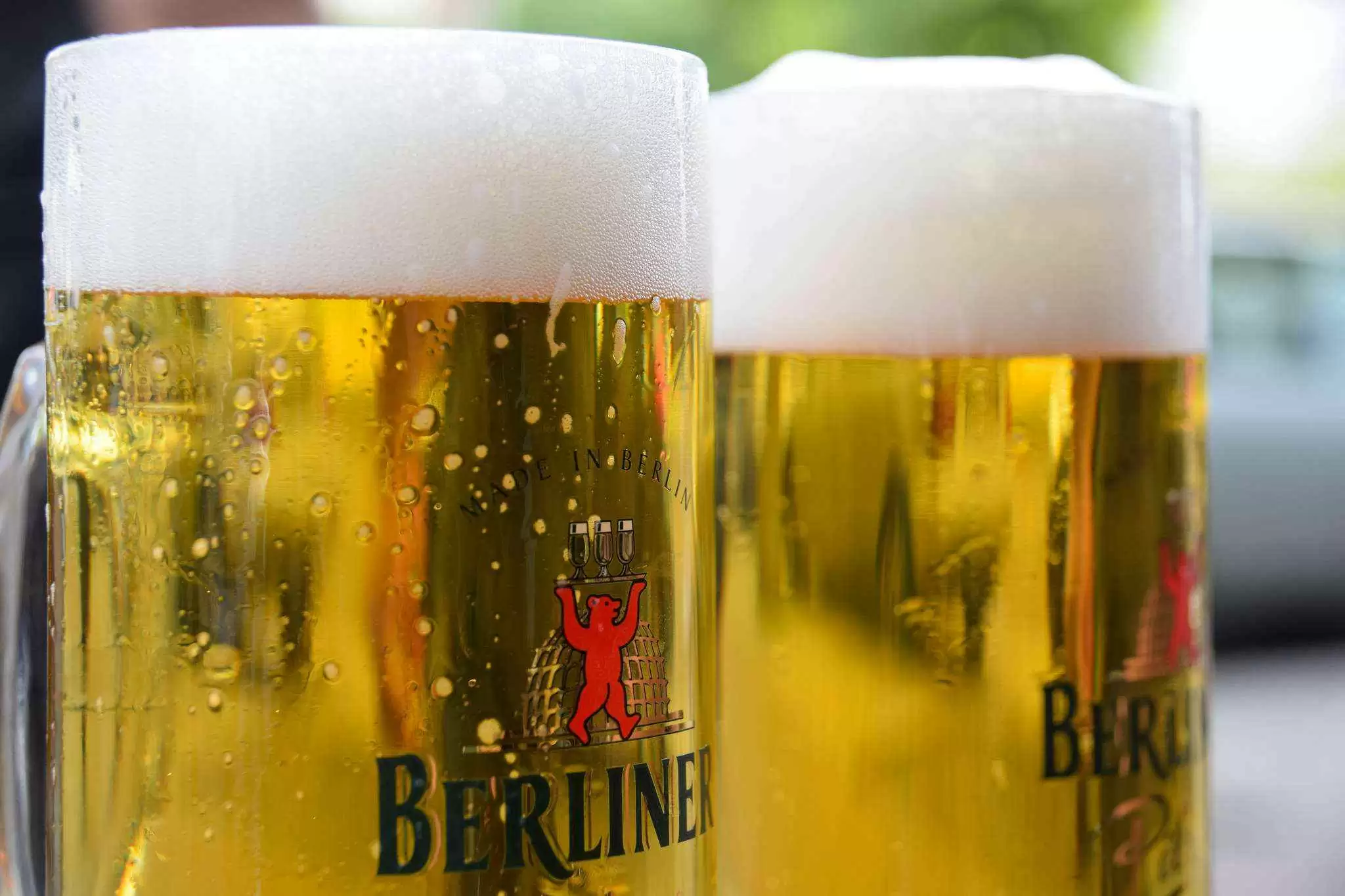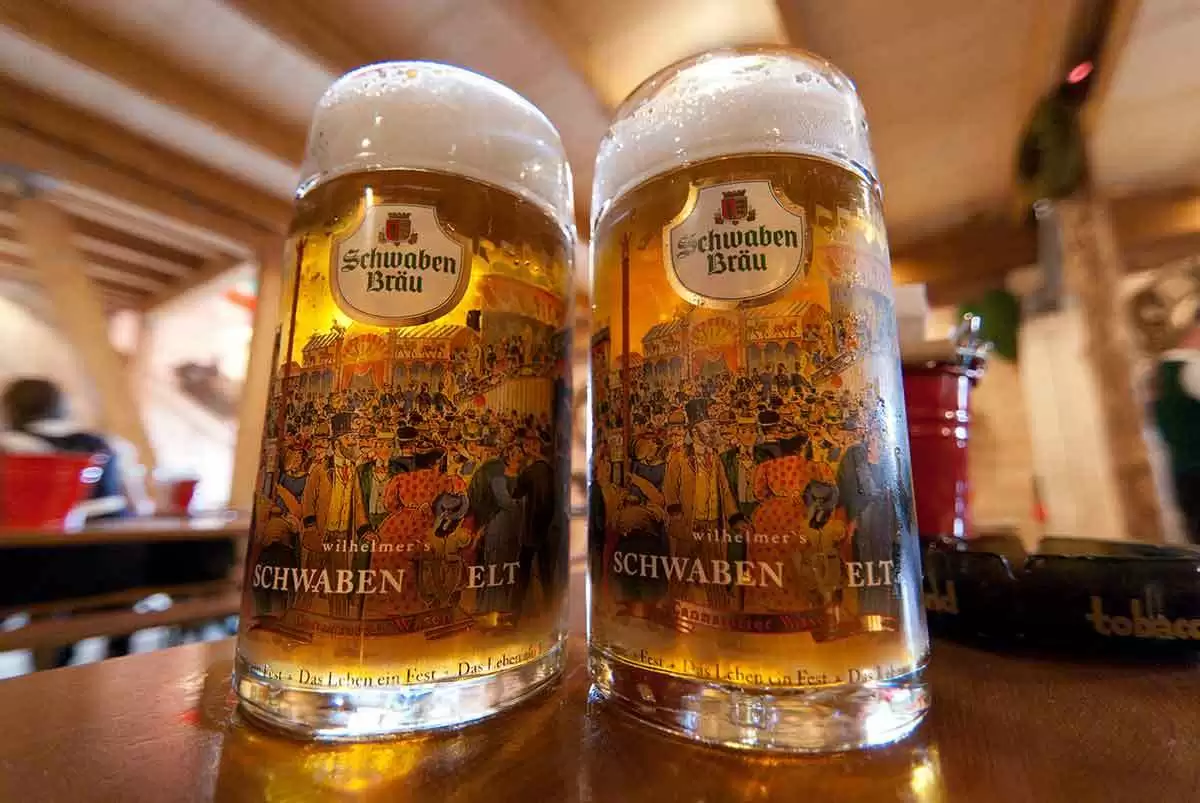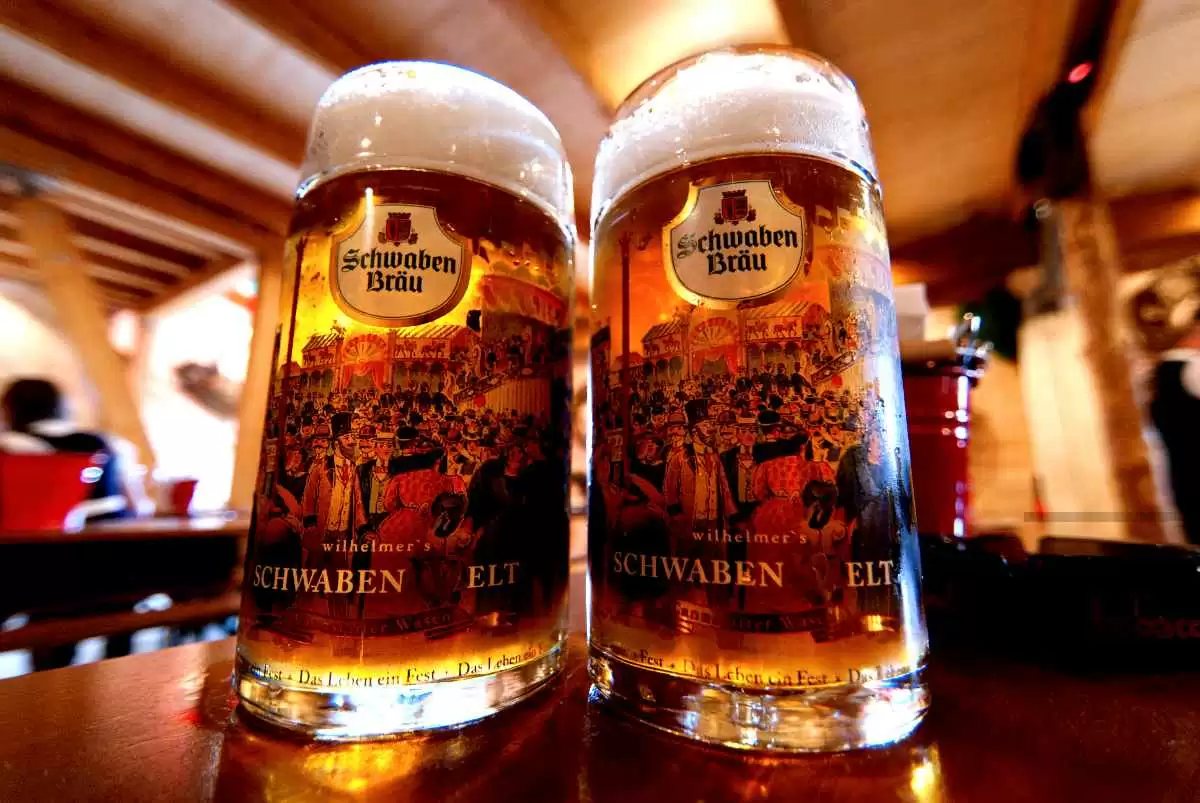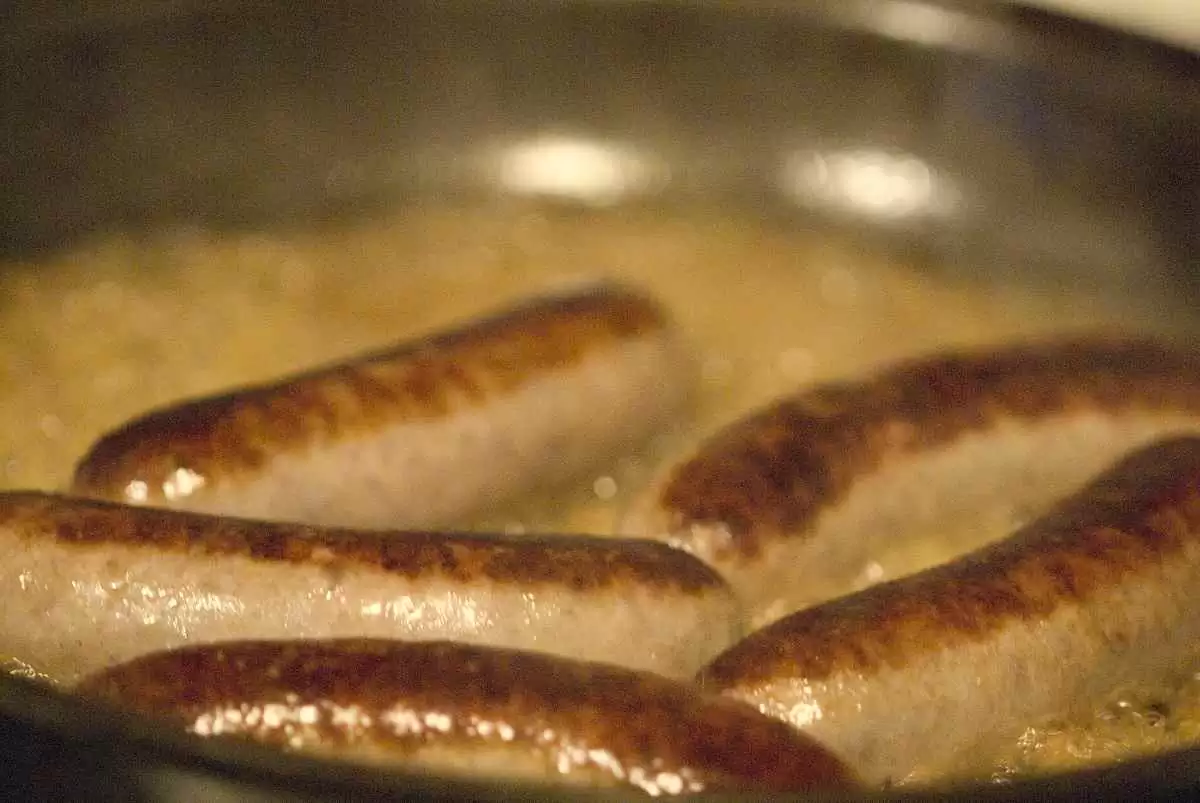Celiac.com 08/13/2025 - Gluten-free products are essential for people with celiac disease, yet maintaining strict gluten standards in mass production settings can be difficult. In the brewing industry, even beers labeled as gluten-free can be at risk for cross-contamination with regular beer. This study explored a novel approach using artificial intelligence and computer vision to detect trace gluten contamination in gluten-free beer using a system based on a residual neural network known as ResNet50.
How the Study Was Designed
Researchers used two popular Spanish beer brands to create test samples. Some were entirely gluten-free, while others were deliberately contaminated with small amounts of regular beer to simulate gluten contamination at levels ranging from 1 to 25 parts per million. Over 4,000 images were taken of these samples using a high-resolution camera at two different shutter speeds. The images were then cropped and fed into a deep learning model designed to classify and detect gluten presence.
Training the AI Model
Celiac.com Sponsor (A12):
The computer model used in this study was trained with 90% of the image data and then tested on the remaining 10%. The training involved careful adjustment of parameters like learning rate and image batch size. The model was also set to stop training early if no improvements were being made. Researchers used a technique called cross-validation to make sure the results were accurate and repeatable.
Performance and Results
The model performed impressively. At both tested shutter speeds, it could correctly classify beer samples with close to 89% accuracy. It was particularly accurate at identifying completely gluten-free or heavily contaminated samples. While it occasionally struggled to differentiate between very low contamination levels, it still achieved more than 85% accuracy for samples with as little as 2.5 parts per million of gluten.
Operational Advantages
One key benefit of the system was speed. The faster shutter speed significantly reduced the time needed to capture each image, making the system more practical for use in a busy production environment. This speed, combined with solid accuracy, suggests it could be used as a rapid pre-screening tool in breweries.
Limitations and Future Research
Although promising, this study only looked at two beer brands and used very controlled conditions. More research is needed to see how well the system works with other types of beer, like ales or stouts, which may look different on camera. Expanding the dataset and testing in real-world environments will be key to determining whether this technology can be widely used.
Why This Matters for People with Celiac Disease
For people with celiac disease, even tiny amounts of gluten can cause serious health problems. This study shows that artificial intelligence could become an important tool in the quality control process for gluten-free beer, catching contaminated products before they reach consumers. By combining AI with traditional testing methods, breweries may be able to reduce the risk of accidental gluten exposure and improve safety for those who depend on a strict gluten-free diet.
Read more at: sciencedirect.com










Recommended Comments
There are no comments to display.
Create an account or sign in to comment
You need to be a member in order to leave a comment
Create an account
Sign up for a new account in our community. It's easy!
Register a new accountSign in
Already have an account? Sign in here.
Sign In Now